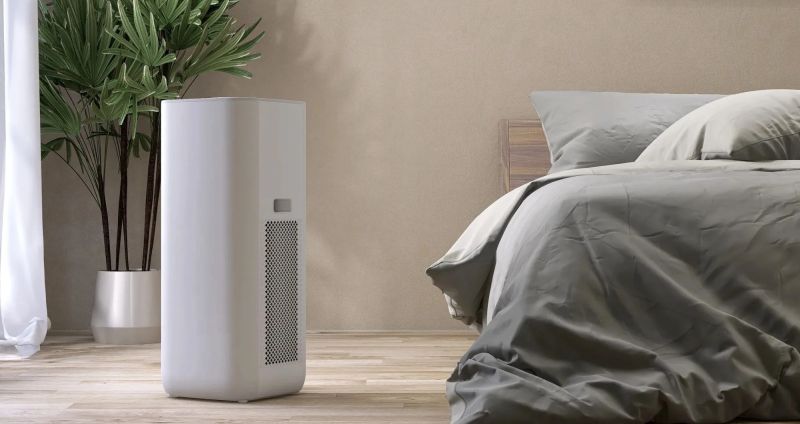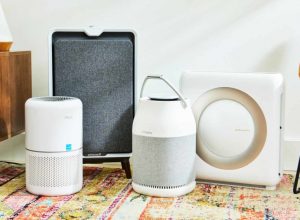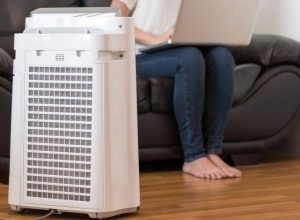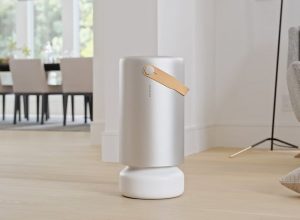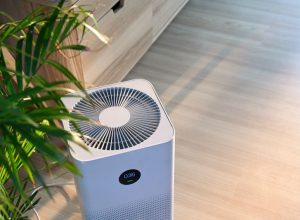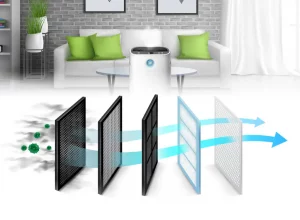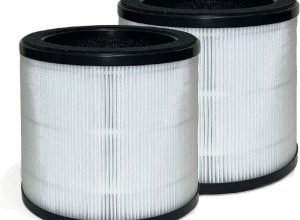Contents
Smart Air Purifiers: Features to Look for in 2025 Models
As the world becomes increasingly aware of air quality issues and their implications for health, the demand for advanced air purification solutions continues to rise. Smart air purifiers, leveraging technologies that were once limited to premium models, are rapidly becoming essential household appliances. By 2025, the expectations for these devices will evolve significantly, and understanding the features that will define them is crucial. Below, we explore key features to look for when considering a smart air purifier model in 2025.
Advanced Filtration Systems
One of the most critical features of any air purifier is its filtration system. In 2025, look for smart air purifiers that offer:
- HEPA Filtration: High-Efficiency Particulate Air (HEPA) filters will remain a standard requirement, trapping 99.97% of particles as small as 0.3 microns.
- Activated Carbon Filters: These filters are essential for removing odors and volatile organic compounds (VOCs). In more advanced models, expect a dual carbon layer to enhance efficacy and longevity.
- UV-C Light Technology: This feature will be touted for its ability to neutralize bacteria and viruses, providing an additional layer of protection beyond physical filtration.
Smart Connectivity Features
Smart home integration is a game-changer for air purifiers. By 2025, air purifiers will become more connected than ever. Key features to look for include:
- App Integration: Manufacturers will increasingly offer companion apps that provide real-time air quality data, filter status, and usage statistics. This allows users to track air quality trends and adjust settings remotely.
- Voice Control Compatibility: Integration with voice assistants like Amazon Alexa, Google Assistant, and Apple HomeKit will facilitate hands-free operation.
- Automated Scheduling: Smart models will allow users to create schedules for operating the purifier based on air quality levels, time of day, or occupancy, thanks to their environmental sensors.
Real-time Air Quality Monitoring
Future smart air purifiers will be equipped with advanced sensors that provide accurate, real-time assessments of indoor air quality. Important features include:
- Multi-Pollutant Detection: Look for devices that can measure a variety of pollutants, including particulate matter (PM2.5 and PM10), carbon dioxide (CO2) levels, volatile organic compounds (VOCs), and humidity levels.
- Color-coded Air Quality Indicators: User-friendly display interfaces that use color-coded indicators to show air quality levels at a glance will be standard in 2025 models.
- Data Reporting: Enhanced analytics offerings by apps, enabling users to track and analyze air quality trends over time, helping them make informed decisions about their indoor environment.
Energy Efficiency and Sustainability
As sustainability becomes more critical, smart air purifiers will need to reflect eco-friendliness without compromising performance. Consider the following features:
- Energy Star Certification: Look for models that boast Energy Star ratings, ensuring they operate efficiently without drawing excessive power.
- Reusable or Washable Filters: Innovative designs allowing users to clean filters rather than dispose of them will appeal to environmentally-conscious consumers.
- Eco-mode: Automatic adjustments to fan speed and operations based on air quality, optimizing for minimal energy consumption.
Noise Levels and Design Innovations
Noise is a vital consideration in the usability of air purifiers, particularly in bedrooms or study areas. Features to look for include:
- Whisper-quiet Operation: New models will likely employ advanced motors and cushion technology to minimize operational noise, making them suitable for 24/7 use.
- Compact and Aesthetically Pleasing Design: Sleek, modern designs that fit seamlessly into home interiors, alongside features like customizable LED lights for aesthetic enhancement.
- Portable Options: Battery-operated or easily movable models will be designed for versatility, allowing users to benefit from clean air in different rooms or during travel.
Table of Essential Features
| Feature | Importance | Expected Developments by 2025 |
|---|---|---|
| HEPA Filtration | Critical for trapping microscopic particles | Enhanced efficiency, multi-layered design |
| Smart Connectivity | Allows remote monitoring and control | Improved app features and compatibility |
| Real-time Air Quality Monitoring | Enables proactive responses to changing air quality | More pollutant types detected, better reporting |
| Energy Efficiency | Reduces environmental impact | Higher Energy Star certifications, innovative filter designs |
| Noise Levels | Enhances user comfort | Focus on quieter operation technologies |
| Aesthetic Design | Blends well with home décor | Modern, customizable options |
Conclusion
As technology continues to advance, smart air purifiers in 2025 will be equipped with features that not only enhance indoor air quality but also blend seamlessly into modern living environments. When evaluating potential purchases, focus on advanced filtration systems, smart connectivity, real-time monitoring capabilities, energy efficiency, low noise levels, and appealing designs. Investing in a smart air purifier that embodies these features will not only enhance comfort and well-being but also contribute positively to your indoor environment.
